Goal: Problem solving
Source: UMPERG-ctqpe118
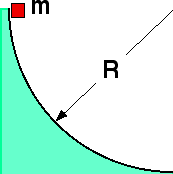
A mass
m slides down a frictionless track of radius R=0.5m. As the mass
reaches the bottom, relative to the center of curvature, its angular
velocity is most nearly:
- 6 rad/sec
- 8 rad/sec
- 12 rad/sec
- 15 rad/sec
- 20 rad/sec
- Cannot be determined


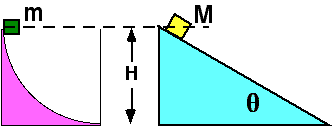

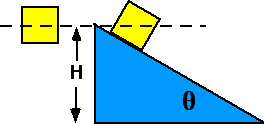
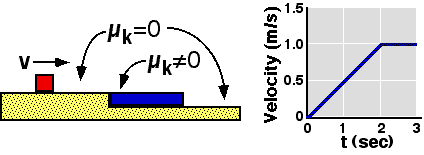
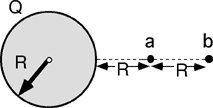
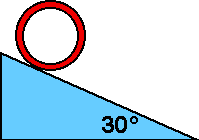
Commentary:
Answer
(1) The velocity near the bottom can be found using energy
conservation.